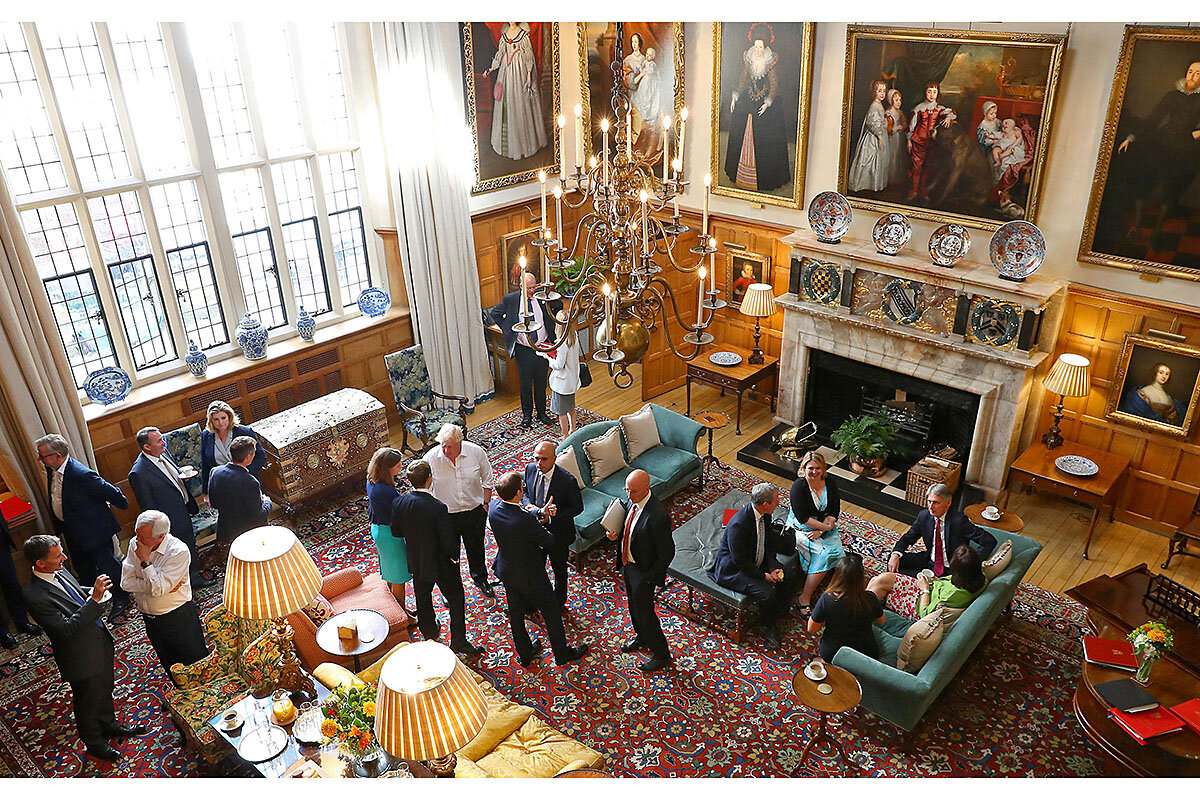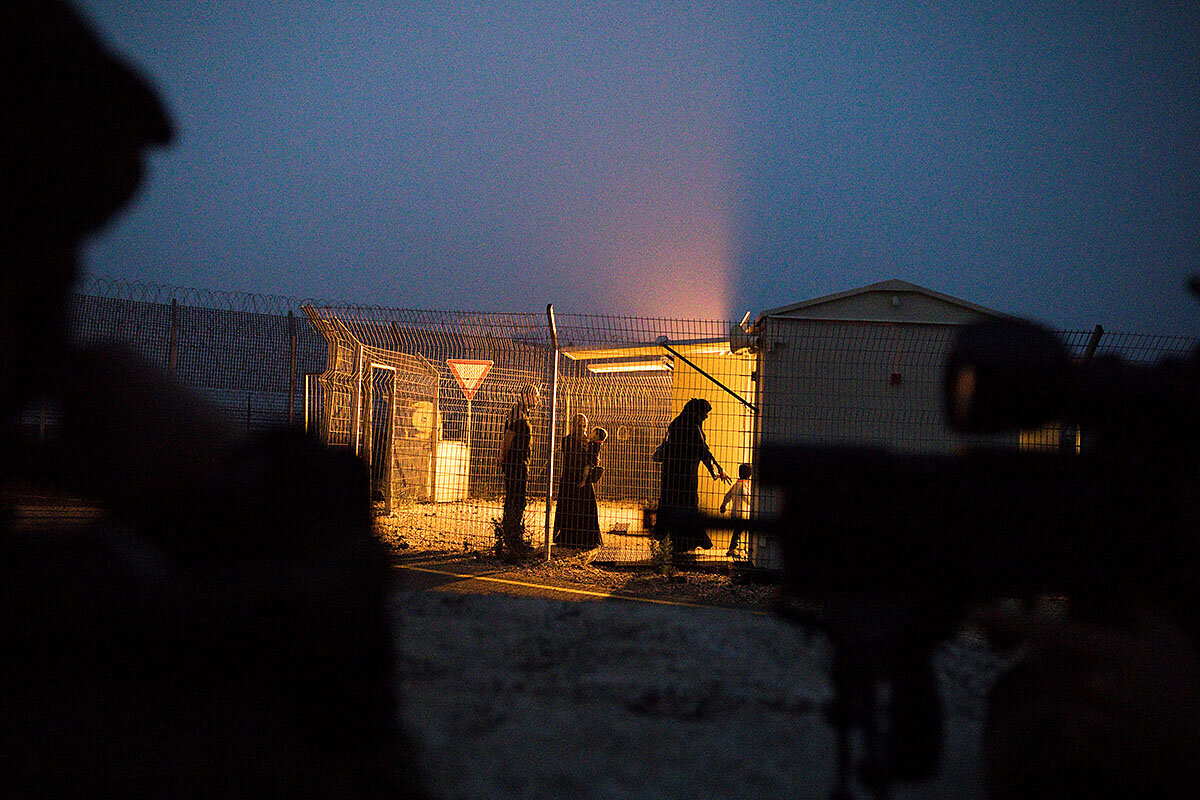As the Senate weighs a new nominee to the Supreme Court, the stakes look especially high when it comes to abortion rights. An important change since 1973: A record number of senators are women, and the issue is very personal.
Monitor Daily Podcast
- Follow us:
- Apple Podcasts
- Spotify
- RSS Feed
- Download
 Amelia Newcomb
Amelia Newcomb
What happens when your news consumption gives you only a narrow slice of the full picture?
For one, you may become misinformed. For another, you could be less well served by government – national or local. Let me explain.
Recently, some friends questioned whether the United States still has a political “center,” amid public dialogue that often lurches unimaginatively from one far side of the spectrum to the other. It’s easy to understand why they’d wonder. Yet a piece by NPR states that pragmatism, rather than sharp partisanship, is winning the day among Democrats in key midterm races. Frank Bruni’s column in The New York Times today carried the headline: “The Center Is Sexier Than You Think.”
Then there’s the revelation that less media coverage could literally be costly. A study done in May found that when local newspapers close, government waste rises over time.
Yet The Boston Globe reported last week that newspapers outpaced coal mining, steel manufacturing, and fishing in job losses in recent decades. And there’s not enough online growth to ease that deficit, which rises quietly, to some extent drowned out by what seems to be a cacophony of information. So that full picture gets more elusive. It’s worth thinking about how to broaden our view.
Now to our five stories, which show the power of rejecting fear, keeping an open mind, and prioritizing compassion.









